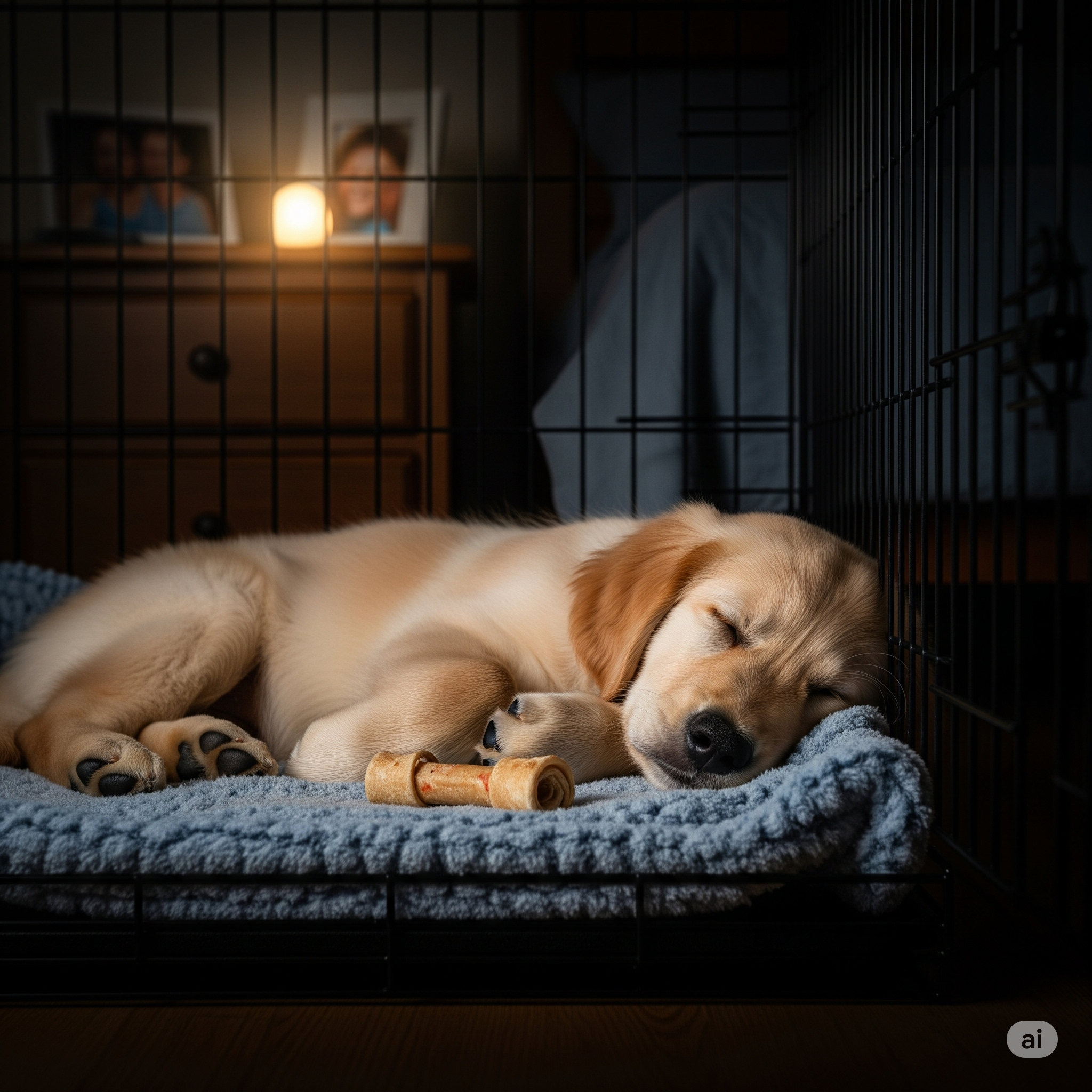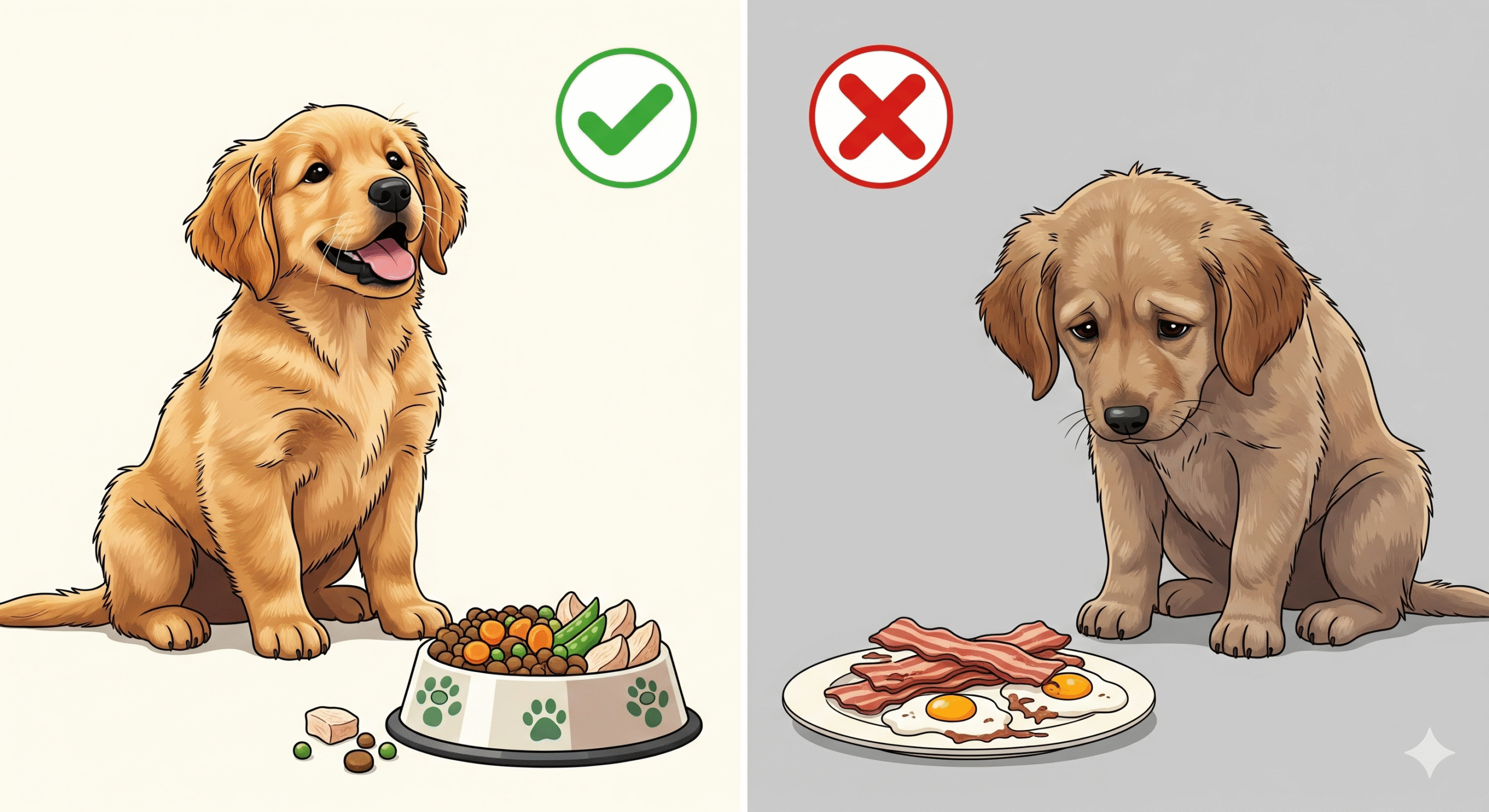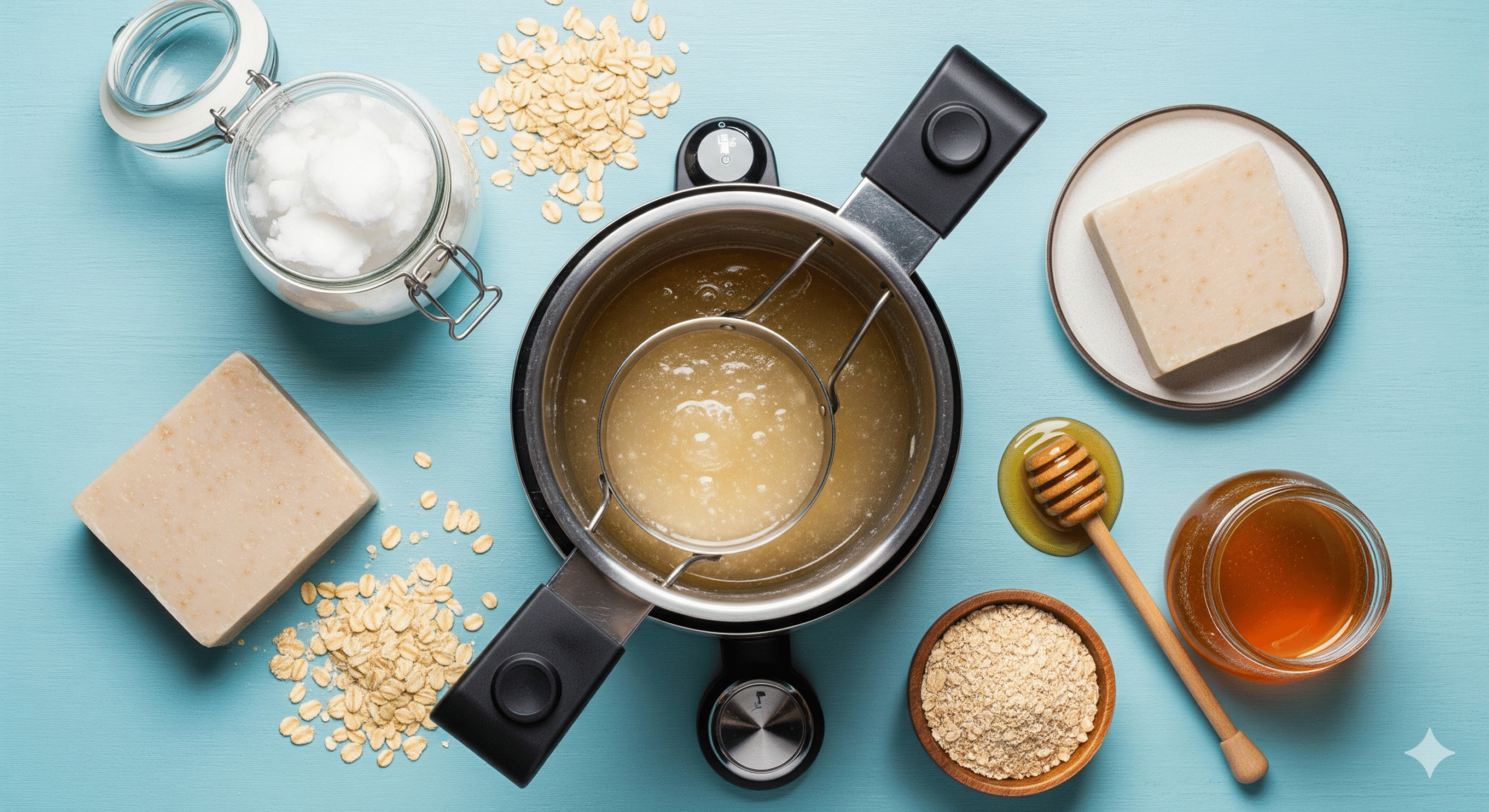Bringing a new puppy home is a whirlwind of joy, cuddles, and… utter exhaustion. If you’re staring at the clock at 3 AM, listening to your puppy whine, you’re not alone. Puppy sleep training is one of the biggest challenges new pet parents face. But here’s the good news: with consistency, patience, and the right strategy, you can teach your furry friend to sleep soundly through the night. This comprehensive guide will provide you with expert insights and actionable tips to transform those chaotic nights into peaceful slumber for both you and your pup.
Why Puppies Struggle to Sleep Through the Night 🤔
Understanding the why behind your puppy’s nighttime antics is the first step to solving the problem. Puppies aren’t trying to be difficult; they are simply navigating a brand new world without their littermates and mother.
- Small Bladders: A general rule of thumb is that a puppy can hold their bladder for about one hour for every month of age. So, an 8-week-old (2-month) puppy likely needs a potty break every 2-3 hours.
- Fear and Loneliness: Your puppy has just been separated from everything they know. Nighttime is dark, quiet, and can be very scary and lonely for them.
- Unsettled Routine: The transition to your home disrupts their previous routine. They need time to learn your household’s new schedule and rhythms.
- Basic Needs: Sometimes, the issue is simple: they’re hungry, thirsty, or need to go to the bathroom.
Setting the Stage for Success: The Pre-Bedtime Routine 🛁
A predictable evening routine signals to your puppy that it’s time to wind down and prepare for sleep. Consistency is your most powerful tool here.
The “Last Call” for Potty and Play
About an hour before bedtime, initiate your routine. This should include a final, calm play session followed by a final potty break right before they go into their sleeping area. Avoid overly exciting play, as this will have the opposite effect and get them riled up.
Creating a Cozy Sleep Environment
Your puppy’s sleeping area should be a safe, comfortable, and inviting den. For most, this means a crate training setup. Place a soft blanket or bed inside and a safe, chew-friendly toy. Covering the crate with a light breathable blanket can create a more den-like, secure atmosphere and block out visual distractions.
The Final Potty Break Rule
This is non-negotiable. The very last thing you should do before you go to sleep is take your puppy out for one final bathroom break. Make this trip all business—quiet, calm, and on-leash. Go directly to their designated potty spot, give them a command like “go potty,” and patiently wait. When they succeed, offer quiet praise.
The Heart of Puppy Sleep Training: Crate Training Essentials 🏠
The crate is the cornerstone of effective puppy sleep training and housebreaking. When used correctly, it taps into your dog’s natural denning instinct and provides a security blanket.
- Make it Positive: Never use the crate as punishment. Feed your puppy their meals in the crate, toss treats inside for them to find, and offer high-value chews (like a Kong stuffed with peanut butter) to create a strong positive association.
- Right Size Matters: The crate should be large enough for your puppy to stand up, turn around, and lie down comfortably, but not so large that they can use one end as a bathroom and the other as a bedroom. Use a divider panel for larger crates.
- Location is Key: Especially in the beginning, place the crate in your bedroom or just outside your door. Hearing and smelling you nearby drastically reduces anxiety and puppy crying at night.
Navigating the Night: When Your Puppy Cries 😢
This is the moment every new owner dreads. How you handle it is crucial. Your goal is to tend to their needs without reinforcing the crying behavior.
- Pause and Listen. Don’t jump up immediately. Wait a moment. Sometimes, puppies whimper in their sleep and will settle back down on their own.
- Assess the Need. If the crying continues, ask yourself: Is it time for a potty break? Do they have water? Did they have an accident? If it’s been 2-3 hours, they likely need to go out.
- The Potty Break Protocol. If you determine they need to go, take them out on a leash, directly to their spot. Keep it boring. No play, no talking, just business. Once they’ve done their business, offer calm praise and immediately return them to their crate.
- Avoid Reinforcing the Crying. Do not take them to your bed out of frustration. This teaches them that crying equals a comfy spot with you. Likewise, don’t spend time comforting them; this rewards the noise. Be calm, assertive, and focused on the task.
Crafting the Perfect Puppy Sleep Schedule 📅
Puppies thrive on routine. A predictable puppy sleep schedule helps regulate their body clock and makes potty training at night far easier.
Sample Schedule for an 8-Week-Old Puppy:
- 7:00 PM: Evening meal
- 7:30 PM: Post-meal potty break
- 8:00 – 9:30 PM: Calm play and interaction
- 9:30 PM: Final water offered (consider removing the water bowl 1-2 hours before bed)
- 10:00 PM: Pre-bedtime potty break
- 10:15 PM: Into the crate for the night with a comforting toy
- 2:00 AM: Scheduled potty break (set an alarm!)
- 2:15 AM: Straight back to the crate
- 6:00 AM: Morning wake-up and immediate potty break
As your puppy ages, you can gradually extend the time between nighttime potty breaks.
Expert Insight: The Power of a Settle Command
Teaching a “settle” or “go to bed” command during the day is incredibly useful at night. Practice having your puppy go to their bed or crate and stay there calmly for increasing durations, rewarding them for quiet behavior. This skill directly translates to better nighttime habits.
Common Puppy Sleep Training Challenges & Solutions ⚠️
- Early Rising: If your puppy is waking up at 5 AM, ensure they are going to bed late enough and that their final potty break is right before you sleep. Also, make sure the room isn’t getting bright too early—blackout curtains can help.
- Whining After Potty Break: If they cry after you’ve brought them back from a successful potty trip, they are likely just protesting going back to bed. Stick to the protocol—ignore the protests once you’re sure all needs are met.
- Regression: It’s normal for puppies to have some sleep regression around 4-6 months or during adolescence. Stay consistent with the routine; this phase will pass.
Patience and Persistence: Your Keys to Success 🔑
Puppy sleep training is not an overnight miracle. It’s a process that requires immense patience. There will be setbacks and frustrating nights. But remember, every night you stick to the routine, you are investing in a future of peaceful sleep for years to come. Celebrate the small victories—the first night they only wake you up once, or the first time they sleep a full 6 hours. You and your puppy are learning together.
Ready for Restful Nights? Start Tonight!
You now have the blueprint to successfully guide your puppy toward sleeping through the night. It’s a journey of consistency, positive reinforcement, and understanding. Implement these actionable tips tonight, and you’ll be well on your way to reclaiming your sleep and building an unbreakable bond with your furry best friend.
Setting Up Your Puppy’s First Sleeping Arrangement
After the excitement of the car ride home, you’ll be faced with one of the first big decisions of pet parenthood: setting up a sleeping arrangement. This choice can set the tone for your future routine and your puppy’s sense of security. It’s a common point of stress for new owners, so we’ve dedicated an entire guide to answering the question, Where Should Your Puppy Sleep the First Night?. This will help you weigh the pros and cons of options like your bedroom, a crate, or a separate room.
Learn more: Where Should Your Puppy Sleep the First Night?





